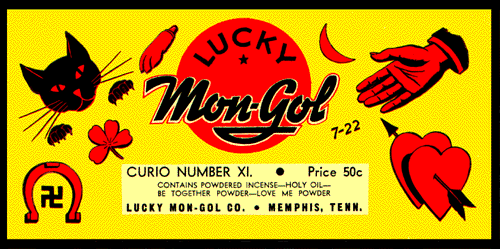 Michael Ruhlman invited Peter Kaminsky to post an entry at his blog, and Kaminsky offered up a recipe for skillet grilled pork tenderloin with orange confit. G-D and I decided to try it out with some pork chops and it went pretty well. If you follow the link you can see how pretty the tenderloin looks before cooking. Above is an image of our pork chops after a few minutes on the grill. They don't look quite as striking after they've cooked, but they sure were tasty.
Michael Ruhlman invited Peter Kaminsky to post an entry at his blog, and Kaminsky offered up a recipe for skillet grilled pork tenderloin with orange confit. G-D and I decided to try it out with some pork chops and it went pretty well. If you follow the link you can see how pretty the tenderloin looks before cooking. Above is an image of our pork chops after a few minutes on the grill. They don't look quite as striking after they've cooked, but they sure were tasty.The confit is pretty simple, but as a first-timer I ran into a few snags. First, I was using very large oranges, which changes things a bit. I wish I had cooked them longer. They simmered for about thirty mintutes, and while that was enough, the softer they get the easier the white pith is to scrape away. Another six, seven, eight minutes would have made that last part much quicker. Second, the recipe says that after submerging the orange zest in oil that the confit will keep for up to a week, but it doesn't say how long to let it settle before pouring it over the pork. We just let it sit for a few minutes. Tasting the left over oil after dinner, though, made it clear that a few hours will give the orange time to infuse the oil with its flavor. I'd recommend doing the confit a day ahead. Let it hang out in the fridge over night. That will give it plenty of time to turn delicious and will also make the pork a very simple, a very quick operation.
The grilling part is really pretty easy once the confit is done. There are only three other ingredients: Fresh thyme, salt and just a little brown sugar. The best part is the skillet. We'd never tried putting a skillet on the grill before, but it works wonders. The fat doesn't fall off and flare the coals, which can often crisp the outside before the inside has a chance to cook. Instead, the fat collects around the pork, keeping it tender and tasty. And with the coal smoke, the meat still collects that grilled flavor. The skillet grill is such a good idea its hard to believe we didn't think about it before. Well, whatever. We'll certainly be thinking about it again soon.
Thanks to G-D for the photography. Here's another image, this time without the flash. Obviously you can't see the pork as distinctly, but it captures the warmth of the dish much better. As G-D said, it's the porque glammir shotz.

Update: 8/16/2009
G-D and I attempted the orange confit and pork recipe again with the help of my Auntie and a few changes. I did the confit about the same, with just a splash of brandy added to the oil. I'm not sure it was noticeable by the time the pork arrived to our table, but it sounded like a good idea.
The cut of pork and the cooking method were the biggest changes. We had a four-pound loin roast, which took much longer to cook than half-pound chops. That being the case, we decided to cook it in the oven on low heat for about two hours. While I got the confit together, Auntie started the roast with a simple milk and pepper sauce, garnished with two fresh rosemary sprigs. About an hour and fifteen minutes later we pulled it out of the oven, added salt and fresh thyme, then covered the whole thing with the confit.

We didn't use any brown sugar this time, not for any reason in particular, I don't think, but just because I forgot. Oh well. It was more complicated on the whole, and quite good, but probably not entirely worth the effort. The best addition was the simplest: onions sauteed in red wine and olive oil. We served that on one side of the platter and the confit on the other, leaving the pork with just the herb sprigs. See below.












